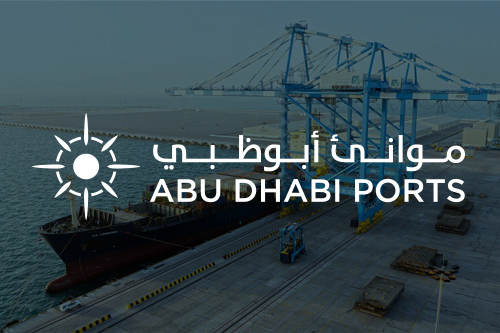Commissioned by ADPC, as part of its commitment to sustained environmental growth coupled with economic development, the independent study, carried out by marine biologists, and in conjunction with the Environmental Agency of Abu Dhabi, compared the flora and fauna of four sites, over the period from January 2011 to September 2012. The results of the study, released today, show that the coral was not merely being maintained but had actually seen a doubling in growth, within the study period.
Furthermore, it was discovered that the coral at the breakwater is nearing the natural thickness of the nearby reef. Using state-of-the-art, dark-light, fluorescence photography, the study identified five species of reef-building coral and one species of non-reef building corals.
Using roving diver surveys, marine life was identified according to species. Overall, the survey found eight species of seaweed, and 49 invertebrate marine organisms, at the bottom of a water body, including six types of coral and 39 species of fish.
The study highlighted that the breakwater provided a man-made hard ground habitat that is rare in the Gulf. It was also noticed that marine life communities developed in a similar pattern like the typical zonal scheme encountered in Gulf habitats, showing that the breakwaters attracted natural flora and fauna. Additionally, the finding highlighted that the breakwaters can function as a high-quality artificial habitat and holds the potential to enrich the diversity and stock of local flora and fauna.
Commenting on the results of the study, Ashraf Al Khaznadar, Executive Vice President, Projects, ADPC said:
“The findings of this independent study have been extremely encouraging. The results clearly underline ADPC’s commitment to integrating sustainable environmental growth into our business models, and that we are proving to deliver on that commitment.”
